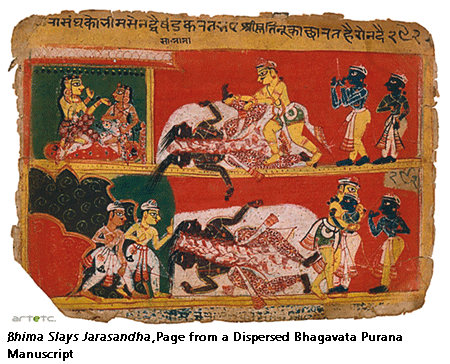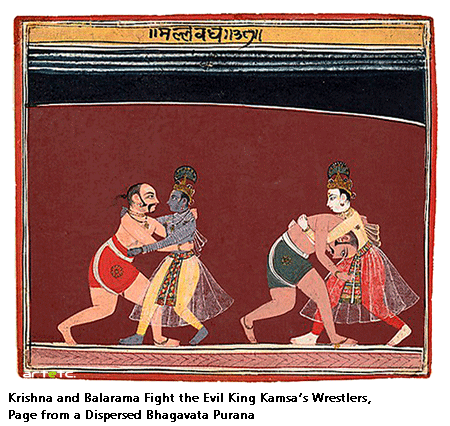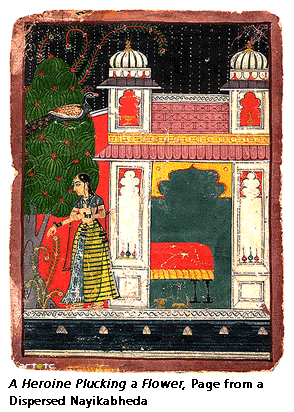- Editorial
- Shibu Natesan Speaks on Protest Art
- Rising Against Rambo: Political Posters Against US Aggression
- Transient Imageries and Protests (?)
- The Inner Voice
- Bhopal – A Third World Narrative of Pain and Protest
- Buddha to Brecht: The Unceasing Idiom of Protest
- In-between Protest and Art
- Humour at a Price: Cartoons of Politics and the Politics of Cartoons
- Fernando Botero's Grievous Depictions of Adversity at the Abu Ghraib
- Up Against the Wall
- Rage Against the Machine: Moments of Resistance in Contemporary Art
- Raoul Hausmann: The Dadaist Who Redefined the Idea of Protests
- When Saying is Protesting -
- Graffiti Art: The Emergence of Daku on Indian Streets
- State Britain: Mark Wallinger
- Bijon Chowdhury: Painting as Social Protest and Initiating an Identity
- A Black Friday and the Spirit of Sharmila: Protest Art of North East India
- Ratan Parimoo: Paintings from the 1950s
- Mahendra Pandya's Show 'Kshudhit Pashan'
- Stunning Detours of Foam and Latex Lynda Benglis at Thomas Dane Gallery, London
- An Inspired Melange
- Soaked in Tranquility
- National Museum of Art, Osaka A Subterranean Design
- Cartier: "Les Must de Cartier"
- Delfina Entrecanales – 25 Years to Build a Legend
- Engaging Caricatures and Satires at the Metropolitan Museum
- The Mesmerizing World of Japanese Storytelling
- The Metropolitan Museum of Art Exhibiting Lyrical Visions: Paintings from North India
- Random Strokes
- Asia Week at New York
- Virtue of the Virtual
- What Happened and What's Forthcoming
- Art Events Kolkata, March – April 2012
- Mumbai Art Sighting
- Art Bengaluru
- Delhi Dias
- Preview, April, 2012 – May, 2012
- In the News, April 2012
- Cover
ART news & views
The Metropolitan Museum of Art Exhibiting Lyrical Visions: Paintings from North India
Issue No: 28 Month: 5 Year: 2012
New York. The Metropolitan Museum of Art is showing paintings produced in the north Indian regional courts of Malwa, Mewar, Bundi, Sirohi, Marwar, Agra, and Gujarat from the fifteenth to the seventeenth century. The exhibition titled, Lyrical Visions: Paintings from North India, started on December 3, 2011 and will continue till May 28, 2012.


The style and metaphorical presentation of this "lyrical" painting tradition has its roots in illustrated manuscripts made for Jain and Hindu patrons. These paintings are often visual depiction of poetic verse and attempts to give form to moods engendered by music, and interpretations of the great religious epics. In the fifteenth century, Jain patrons from Gujarat commissioned illustrated texts recounting the miracles of Mahavira. In the early sixteenth century, Rajput texts illustrating Hindu epics such as the Bhagavata Purana expanded upon the visual strategies of the Jain manuscripts by beginning a colorful palette. Both the Jain and the Hindu paintings generously juxtapose events occurring at different times and places and employ an iconography of gesture to articulate the narrative.

In the seventeenth century, a new interest in representing the emotional essence of poetic texts emerged. A conventional source of imagery was Keshav Das's 1591 Rasikapriya, which studies the divine love of Krishna and Radha. The paintings inspired by this text give form to a range of moods and categories of love. Also popular was Jayadeva's erotically charged Gita Govinda, which gave rise to pictures that emphasize longing and rejection as a way to articulate Krishna and Radha's passion. In depictions related to Ragamala literature, the focus is on representing musical modes and allegorically expressing the moods they engender.
Contact with artists from the Mughal workshops influenced Rajput artistic production beginning in the early seventeenth century. However, the isolation of some Rajput courts, especially those in Malwa, allowed for a continuation of older painting styles. Mughal pictures emphasize the realistic portrayal of people and events and the accurate rendering of minute details. In contrast, the Rajputs rejected the portrayal of everyday life and focused instead on presenting archetypal forms, divine manifestations, and abstract ideals.